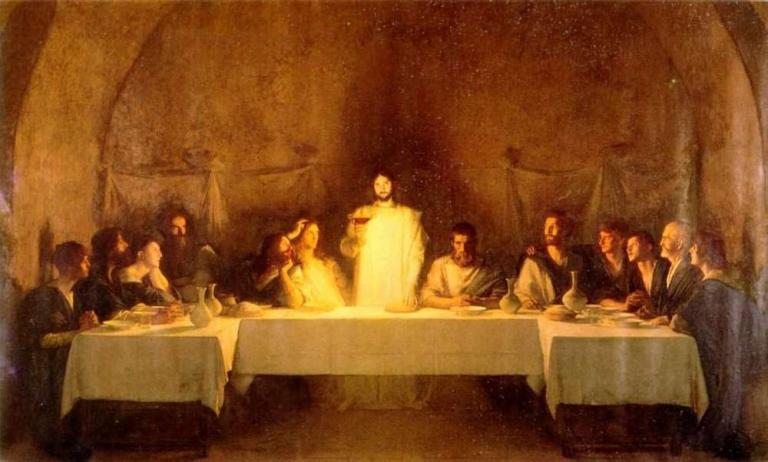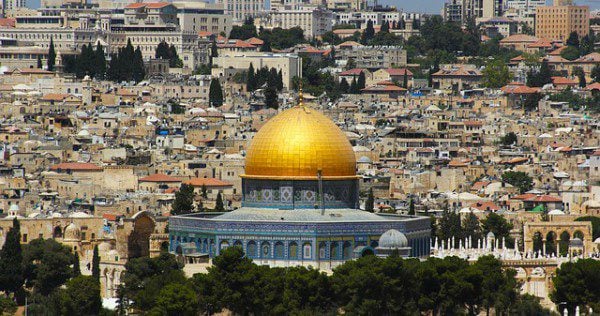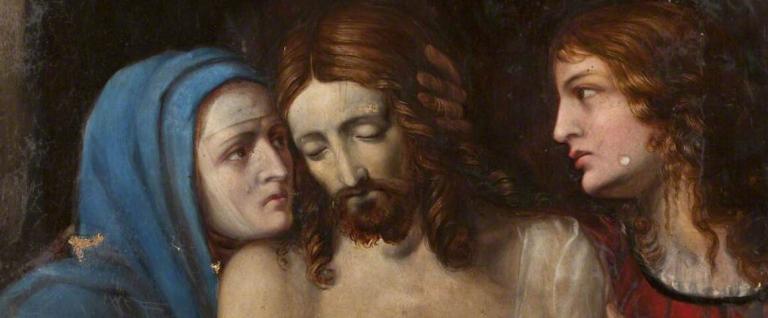And thank God for that.
Neither does the serious play of children have serious purpose for “getting things done.” Nor does great art or music.
But the child “hard at work” at play and the artist bending mind and body to produce beauty are both doing what they were made by God to do. They are expressing their inner nature.
This is what worship is–the purposeless (in terms of “getting things done”) play in which we stand in adoration before the happy and holy and beautiful Triune God. We become who we were meant to be–homo adorans–the human being who worships.
This is what liturgy is. Literally, it means “the work of the people.” It is work that has no earthly purpose. Yet it has meaning. It is the ancient way of joining the Son and angels and saints in their adoration of the Father. By the Spirit.
It uses poetry and music and impractical colorful clothes and water and wine and oil and bread to do things the world considers useless and time-wasting. It makes gestures and movements and repeats words and formulas with layers of meaning. Wheels within wheels.
It is all so impractical.
Yet in it and through it we become more of who we were meant to be.
There are two biblical images of this strange activity that has no purpose but is full of meaning. The first is of the four living creatures of Ezekiel. They went “wherever the spirit would go . . . darting to and fro, like the appearance of a flash of lightning.” Ezekiel “heard the sound of their wings like the sound of many waters, like the sound of the Almighty, a sound of tumult like the sound of an army” (Ezek 1.12, 14, 24).
There is nothing practical here. But these mind-boggling creatures with fire flashing and four faces go wherever the Spirit moves them, here and there in the celestial world, with no purpose other than joyful obedience to the Spirit.
The other image is that of Wisdom in Proverbs 8 who is personified as a person within the Godhead. Wisdom says he was “daily God’s delight, rejoicing before Him always, rejoicing in His inhabited world, and delighting in the children of man” (30-31).
Here Wisdom is at play and full of joy, like a child bent on building a castle of sand at the beach. Serious and playful.
Worship and liturgy share in the joy of the creation as it dances and plays before the Father, at one with the Son, by the Spirit. Actually, it the most practical thing of all. Because by it and in it we find the meaning of life. We become more of who we were meant to be. That will make better all we do and are.
These are meditations on liturgy inspired by a seminal little book by Romano Guardini, The Spirit of the Liturgy. This book, written during WWI, inspired liturgical reform in the 20th century. Guardini was a major influence on both of the last two popes: Benedict and Francis.
I recommend the book (hailed to me by Ken Myers) and the thinker, whose The Lord is considered a classic.










